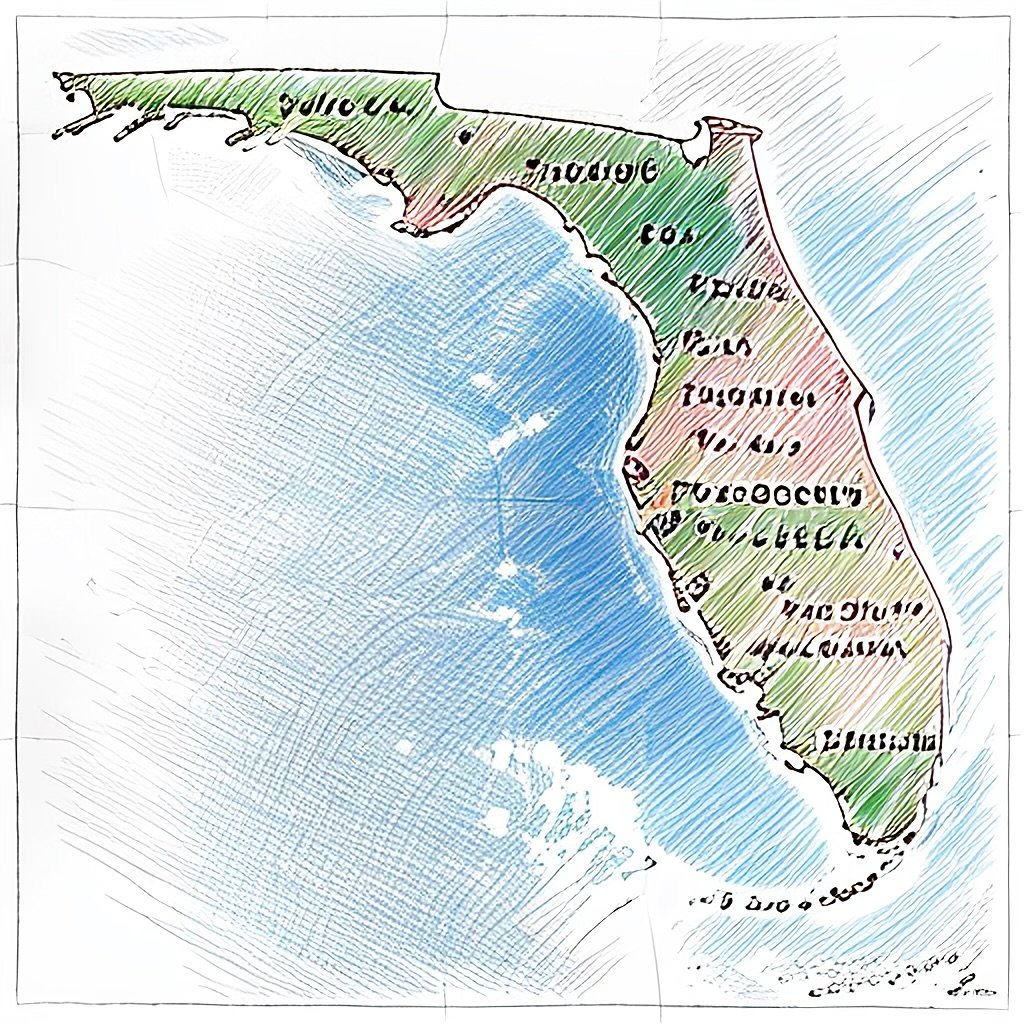Introduction to Florida’s Labor Challenges
Florida’s labor system has become a focal point of discussion, drawing attention not only from residents but also from policymakers across the nation. With its high turnover rates, low wages, and inadequate worker protections, Florida serves as a cautionary tale for other states grappling with similar issues.
Analyzing the Faults of Florida’s Labor System
Many observers point to the myriad of problems affecting Florida’s workforce, including a lack of affordable housing and childcare, which inhibit workers’ ability to remain in employment. As businesses struggle to retain talent, the resultant instability creates a ripple effect that can destabilize regional economies. This scenario reflects broader challenges that may echo across states with comparable economic structures.
Implications for Other States
The deficiencies within Florida’s labor market are not isolated; they provide critical insights for other states facing similar workforce dilemmas. For instance, issues such as wage stagnation and insufficient benefits can be found in various regions. By examining Florida’s situation, policymakers can learn valuable lessons about the importance of instituting robust labor policies that ensure fair treatment and support for all workers.
Adopting reforms based on Florida’s challenges can aid in addressing systemic issues that plague many labor markets today. This includes fostering collaborative efforts between employers and employees to create a balanced and sustainable labor ecosystem that prioritizes well-being alongside productivity.


Leave a Reply